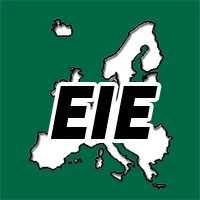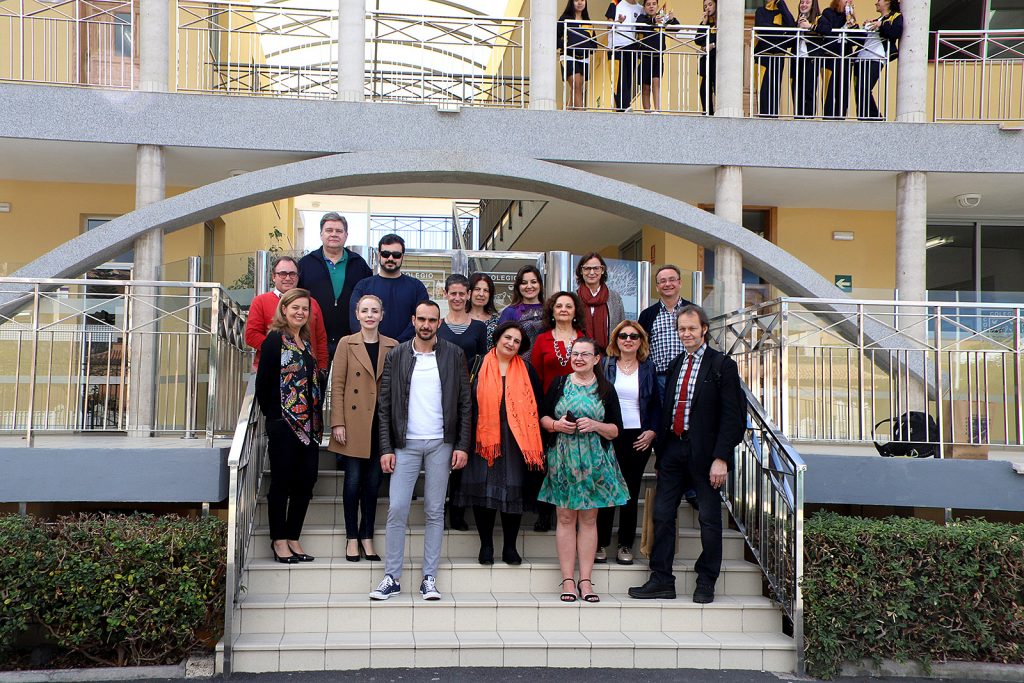The Importance of Technolog Enhanced Learning


eLearning, with all its characteristics defining its advantages and disadvantages was a major breakthrough in academic education and professional training. Various Universities worldwide have incorporated eLearning solution in their curriculum and commercial companies from different fields of business have also integrated this method in their staff training programs to further enhance and develop the skills and knowledge of their workforce which can significantly contribute in the company growth in terms of production and profit.
One of the advantages of eLearning is its flexibility which allows any people willing to study but with always a limited time can access education and training by using eLearning tools and modules related to the field he or she wants to study. For students, this is major advantage in trimming down tuition fee expenses and other miscellaneous fees related to their academic pursuit.
eLearning includes all forms of electronically supported learning and teaching. eLearning is the computer and network-enabled transfer of skills and knowledge. eLearning applications and processes include Web-based learning, computer-based learning, virtual education opportunities and digital collaboration. Content is delivered via the Internet, intranet/extranet, audio or video tape, satellite TV, and CD-ROM. It can be self-paced or instructor-led and includes media in the form of text, image, animation, streaming video and audio.
In eLearning environments learners interact with learning materials, their instructors and other learners from various locations and often at various times using network technologies. So by its nature, eLearning offers significant flexibility as to when and how learning occurs. eLearning can include independent, facilitated, or collaborative approaches to learning.
eLearning can be asynchronous (meaning learners are experiencing the learning at different times) or synchronous (meaning learners are experiencing the learning at the same time) or it can incorporate both drawing on the strengths of each. Independent learning is, by definition, asynchronous. Facilitated and collaborative can be either asynchronous or synchronous learning.




